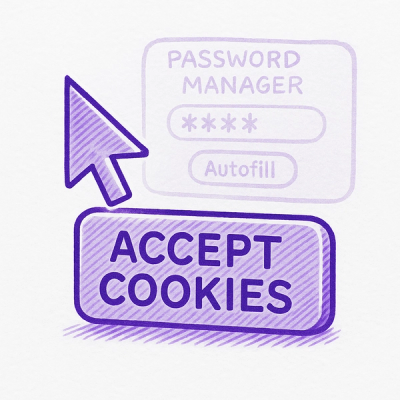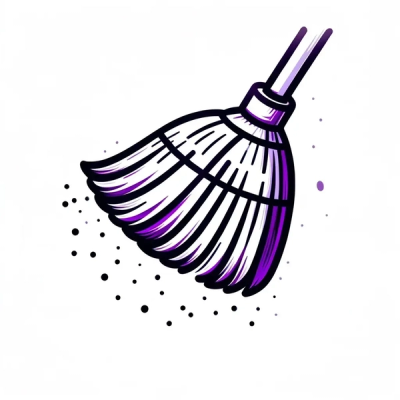
Security News
Rspack Introduces Rslint, a TypeScript-First Linter Written in Go
Rspack launches Rslint, a fast TypeScript-first linter built on typescript-go, joining in on the trend of toolchains creating their own linters.
The goal of this Gem is to make the creation of Google Charts a simple and easy task.
Gchart.line( :size => '200x300', :title => "example title", :bg => 'efefef', :legend => ['first data set label', 'second data set label'], :data => [10, 30, 120, 45, 72])
==Chart Type
This gem supports the following types of charts:
To create a chart, simply require Gchart and call any of the existing type:
require 'gchart'
Gchart.pie
==Chart Title
To add a title to a chart pass the title to your chart:
Gchart.line(:title => 'Sexy Charts!')
You can also specify the color and/or size
Gchart.line(:title => 'Sexy Charts!', :title_color => 'FF0000', :title_size => '20')
==Colors
Specify a color with at least a 6-letter string of hexadecimal values in the format RRGGBB. For example:
* FF0000 = red
* 00FF00 = green
* 0000FF = blue
* 000000 = black
* FFFFFF = white
You can optionally specify transparency by appending a value between 00 and FF where 00 is completely transparent and FF completely opaque. For example:
* 0000FFFF = solid blue
* 0000FF00 = transparent blue
If you need to use multiple colors, check the doc. Usually you just need to pass :attribute => 'FF0000,00FF00'
Some charts have more options than other, make sure to refer to the documentation.
===Background options:
If you don't set the background option, your graph will be transparent.
By default, if you set a background color, the fill will be solid:
Gchart.bar(:bg => 'efefef')
However you can specify another fill type such as:
Gchart.line(:bg => {:color => 'efefef', :type => 'gradient'})
In the above code, we decided to have a gradient background, however since we only passed one color, the chart will start by the specified color and transition to white. By the default, the gradient angle is 0. Change it as follows:
Gchart.line(:title =>'bg example', :bg => {:color => 'efefef', :type => 'gradient', :angle => 90})
For a more advance use of colors, refer to http://code.google.com/apis/chart/#linear_gradient
Gchart.line(:bg => {:color => '76A4FB,1,ffffff,0', :type => 'gradient'})
The same way you set the background color, you can also set the graph background:
Gchart.line(:graph_bg => 'cccccc')
or both
Gchart.line(:bg => {:color => '76A4FB,1,ffffff,0', :type => 'gradient'}, :graph_bg => 'cccccc', :title => 'Sexy Chart')
Another type of fill is stripes http://code.google.com/apis/chart/#linear_stripes
Gchart.line(:bg => {:color => 'efefef', :type => 'stripes'})
You can customize the amount of stripes, colors and width by changing the color value.
== Legend & Labels
You probably will want to use a legend or labels for your graph.
Gchart.line(:legend => 'legend label')
or Gchart.line(:legend => ['legend label 1', 'legend label 2'])
Will do the trick. You can also use the labels alias (makes more sense when using the pie charts)
chart = Gchart.pie(:labels => ['label 1', 'label 2'])
== Multiple axis labels
Multiple axis labels are available for line charts, bar charts and scatter plots.
x = bottom x-axis
t = top x-axis
y = left y-axis
r = right y-axis
Gchart.line(:label_axis => 'x,y,r')
To add labels on these axis:
Gchart.line(:axis_labels => ['Jan|July|Jan|July|Jan', '0|100', 'A|B|C', '2005|2006|2007'])
== Data options
Data are passed using an array or a nested array.
Gchart.bar(:data => [1,2,4,67,100,41,234])
Gchart.bar(:data => [[1,2,4,67,100,41,234],[45,23,67,12,67,300, 250]])
By default, the graph is drawn with your max value representing 100% of the height or width of the graph. You can change that my passing the max value.
Gchart.bar(:data => [1,2,4,67,100,41,234], :max_value => 300) Gchart.bar(:data => [1,2,4,67,100,41,234], :max_value => 'auto')
or if you want to use the real values from your dataset:
Gchart.bar(:data => [1,2,4,67,100,41,234], :max_value => false)
You can also define a different encoding to add more granularity:
Gchart.bar(:data => [1,2,4,67,100,41,234], :encoding => 'simple') Gchart.bar(:data => [1,2,4,67,100,41,234], :encoding => 'extended') Gchart.bar(:data => [1,2,4,67,100,41,234], :encoding => 'text')
==Pies:
you have 2 type of pies:
To set labels, you can use one of these two options:
@legend = ['Matt_fu', 'Rob_fu']
Gchart.pie_3d(:title => @title, :labels => @legend, :data => @data, :size => '400x200')
Gchart.pie_3d(:title => @title, :legend => @legend, :data => @data, :size => '400x200')
=== try yourself
Gchart.bar( :data => [[1,2,4,67,100,41,234],[45,23,67,12,67,300, 250]], :title => 'SDRuby Fu level', :legend => ['matt','patrick'], :bg => {:color => '76A4FB', :type => 'gradient'}, :bar_colors => 'ff0000,00ff00')
Gchart.pie(:data => [20,10,15,5,50], :title => 'SDRuby Fu level', :size => '400x200', :labels => ['matt', 'rob', 'patrick', 'ryan', 'jordan']) http://chart.apis.google.com/chart?cht=p&chs=400x200&chd=s:YMSG9&chtt=SDRuby+Fu+level&chl=matt|rob|patrick|ryan|jordan
FAQs
Unknown package
We found that takeo-googlecharts demonstrated a not healthy version release cadence and project activity because the last version was released a year ago. It has 1 open source maintainer collaborating on the project.
Did you know?

Socket for GitHub automatically highlights issues in each pull request and monitors the health of all your open source dependencies. Discover the contents of your packages and block harmful activity before you install or update your dependencies.

Security News
Rspack launches Rslint, a fast TypeScript-first linter built on typescript-go, joining in on the trend of toolchains creating their own linters.

Security News
Hacker Demonstrates How Easy It Is To Steal Data From Popular Password Managers

Security News
Oxlint’s new preview brings type-aware linting powered by typescript-go, combining advanced TypeScript rules with native-speed performance.